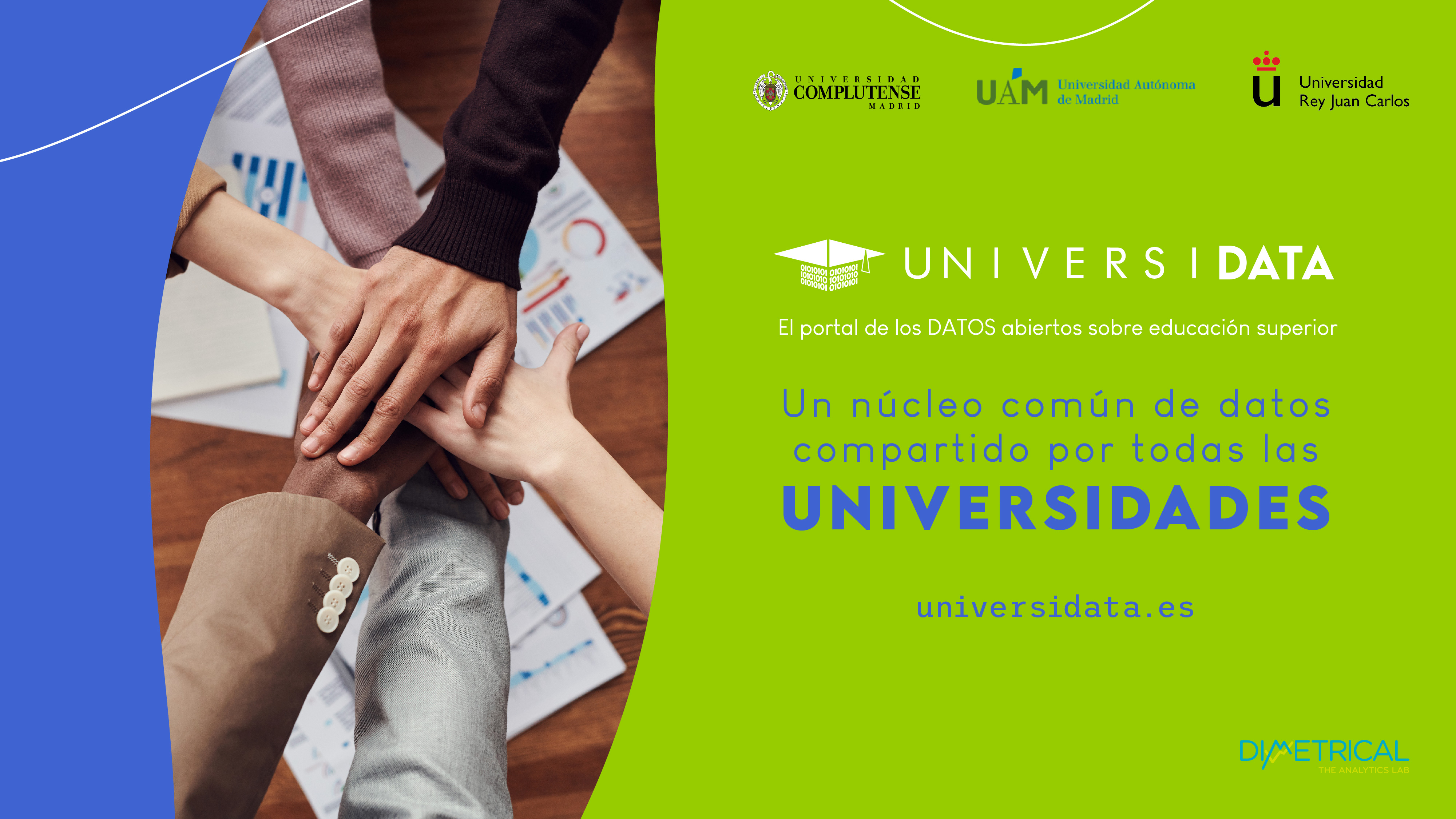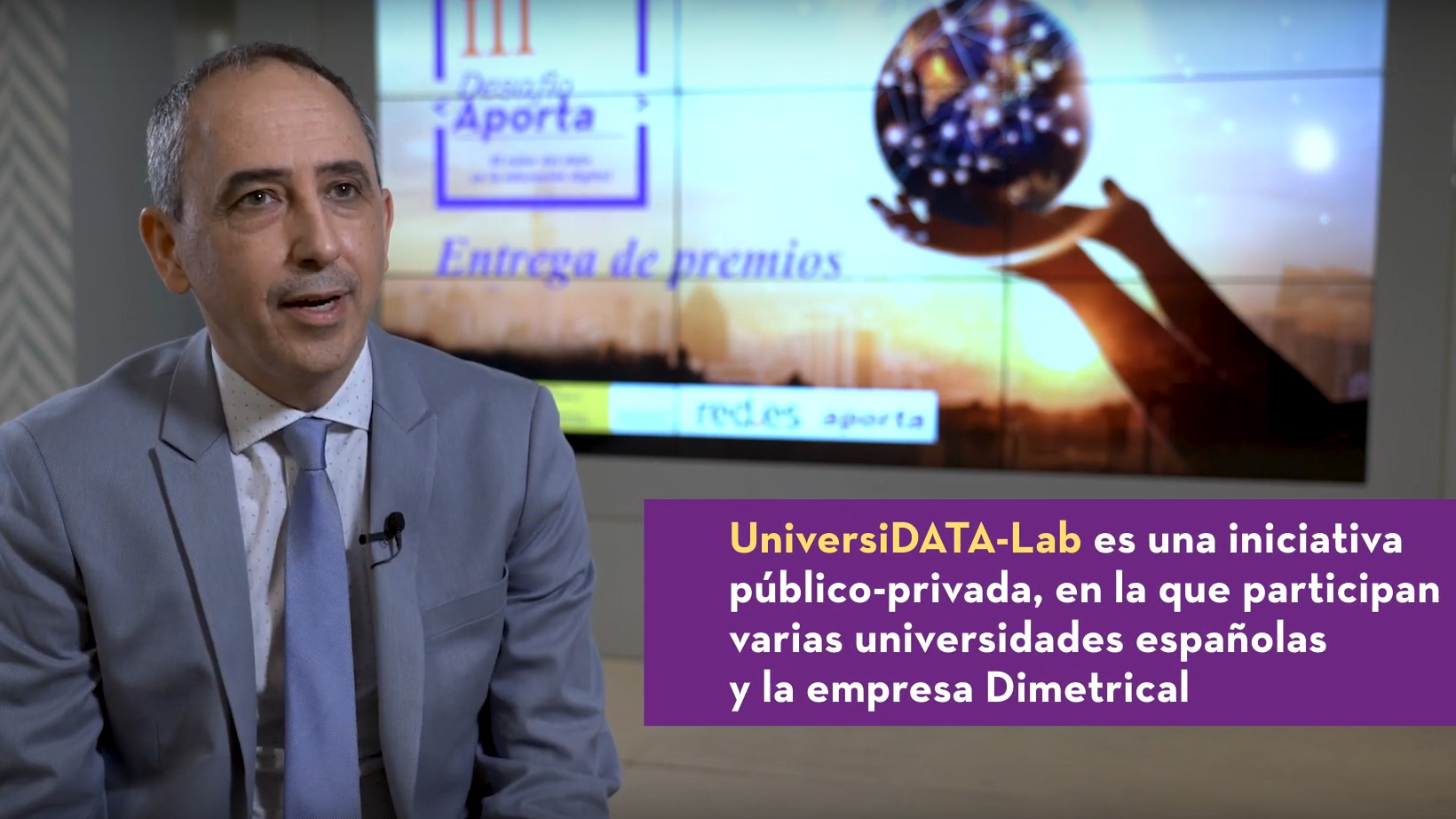
The Use Case Observatory is an initiative led by data.europa.eu, the European Open Data Portal. This is a research project on the economic, governmental, social and environmental impact of open data. The project will run for three years, from 2022 to 2025, during which the European Data Portal will monitor 30 cases of open data re-use and publish findings in regular deliverables.
In 2022 it made a first report and now, in April 2024, it has presented volume 2 of the exploratory analysis on the use of open data. In this second instalment, he analyses thirteen of the initial use cases that remain under study, three of them Spanish, and draws the following conclusions:
- The paper first of all underlines the high potential of open data re-use.
- It stresses that many organisations and applications owe their very existence to open data.
- It also points to the need to unlock more broadly the potential impact of open data on the economy, society and the environment.
- To achieve the above point, it points to continued support for the reuse community as crucial to identifying opportunities for financial growth.
The three Spanish cases: UniversiDATA-Lab, Tangible Data and Planttes
To select the use cases, the Use Case Observatory conducted an inventory based on three sources: the examples collected in the European portal's annual maturity studies , the solutions participating in the EU Datathon and the reuse examples available in the data.europa.eu use case repository. Only projects developed in Europe were taken into account, trying to maintain a balance between the different countries.
In addition, projects that had won an award or were aligned with the European Commission's priorities for 2019 to 2024 were highlighted. To finalise the selection, data.europa.eu conducted interviews with representatives of eligible use cases interested in participating in the project.
On this second occasion, the new report reviews one project in the economic impact area, three in the governmental area, six in the social area and four in the environmental area.
In both the first volume and this one, he highlights three Spanish cases: UniversiDATA-Lab and Tangible Data in the social field and Planttes in the environmental category.
UniversiDATA-Lab, the union of six universities around open data
In the case of UniversiDATA-Lab it is focused on higher education. It is a public portal for the advanced and automatic analysis of datasets published by the six Spanish universities that are part of the UniversiDATAportal: the Autonomous University of Madrid (UAM), the Carlos III University of Madrid, the Complutense University of Madrid (UCM), the University of Huelva, the University of Valladolid (UVa) and the Juan Carlos I University.
The aim of UniversiDATA-Lab is to transform the static analyses of the portal section into dynamic results. The Observatory's report notes that this project "encourages the use of shared resources" between the different university centres. Another notable impact is the implementation of dynamic web applications that read the UniversiDATA catalogue in real time, retrieve all available data and perform online data analysis.
Regarding the previous report, it praises its "considerable effort to convert intricate data into user-friendly information", and notes that this project provides detailed documentation to help users understand the nature of the data analysed.
Tangible Data, making spatial data understandable
Tangible Data is a project that transforms data from its digital context into a physical context by creating data sculptures in public space. These data sculptures help people who lack certain digital skills to understand them. It uses data from international agencies (e.g. NASA, World Bank) and other similar platforms as data sources.
In this second volume, they highlight its "significant" evolution, as since last year the project has moved from minimum viable product testing to the delivery of integral projects. This has allowed them to "explore commercial and educational opportunities, such as exhibitions, workshops, etc.", as extrapolated from the interviews conducted. In addition, the four key processes (design, creation, delivery and measurement) have been standardised and have made the project globally accessible and rapidly deployable.
Planttes, an environmental initiative that is making its way into the Observatory
The third Spanish example, Planttes, is a citizen science app that informs users about which plants are in flower and whether this can affect people allergic to pollen. It uses open data from the Aerobiology Information Point (PIA-UAB), among others, which it complements with data provided by users to create personalised maps.
Of this project, the Observatory notes that, by harnessing community involvement and technology, "the initiative has made significant progress in understanding and mitigating the impact of pollen allergies with a commitment to furthering awareness and education in the years to come".
Regarding the work developed, he points out that Planttes has evolved from a mobile application to a web application in order to improve accessibility. The aim of this transition is to make it easier for users to use the platform without the limitations of mobile applications.
The Use Case Observatory will deliver its third volume in 2025. Its raison d'être goes beyond analysing and outlining achievements and challenges. As this is an ongoing project over three years, it will allow for the extrapolation of concrete ideas for improving open data impact assessment methodologies.


